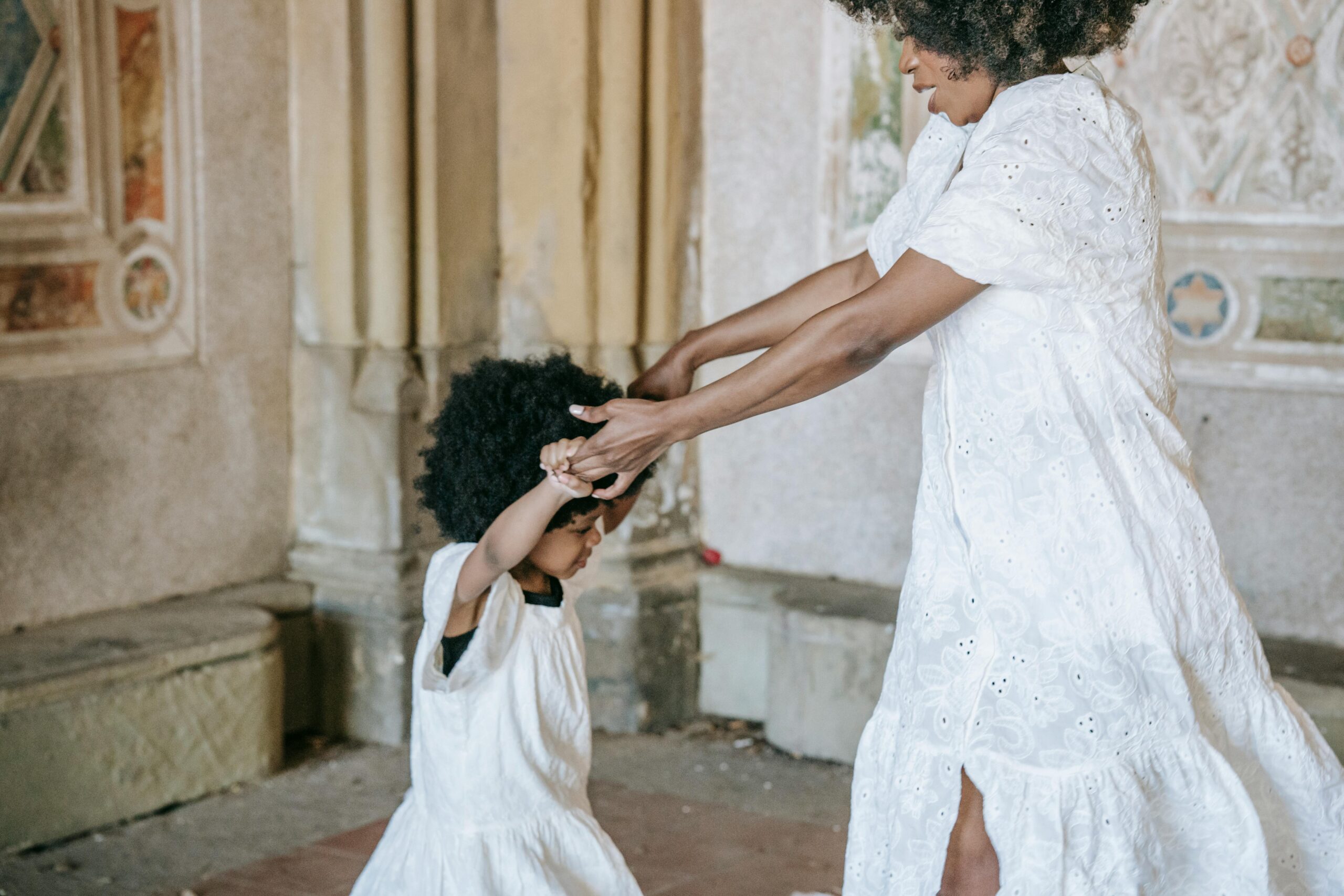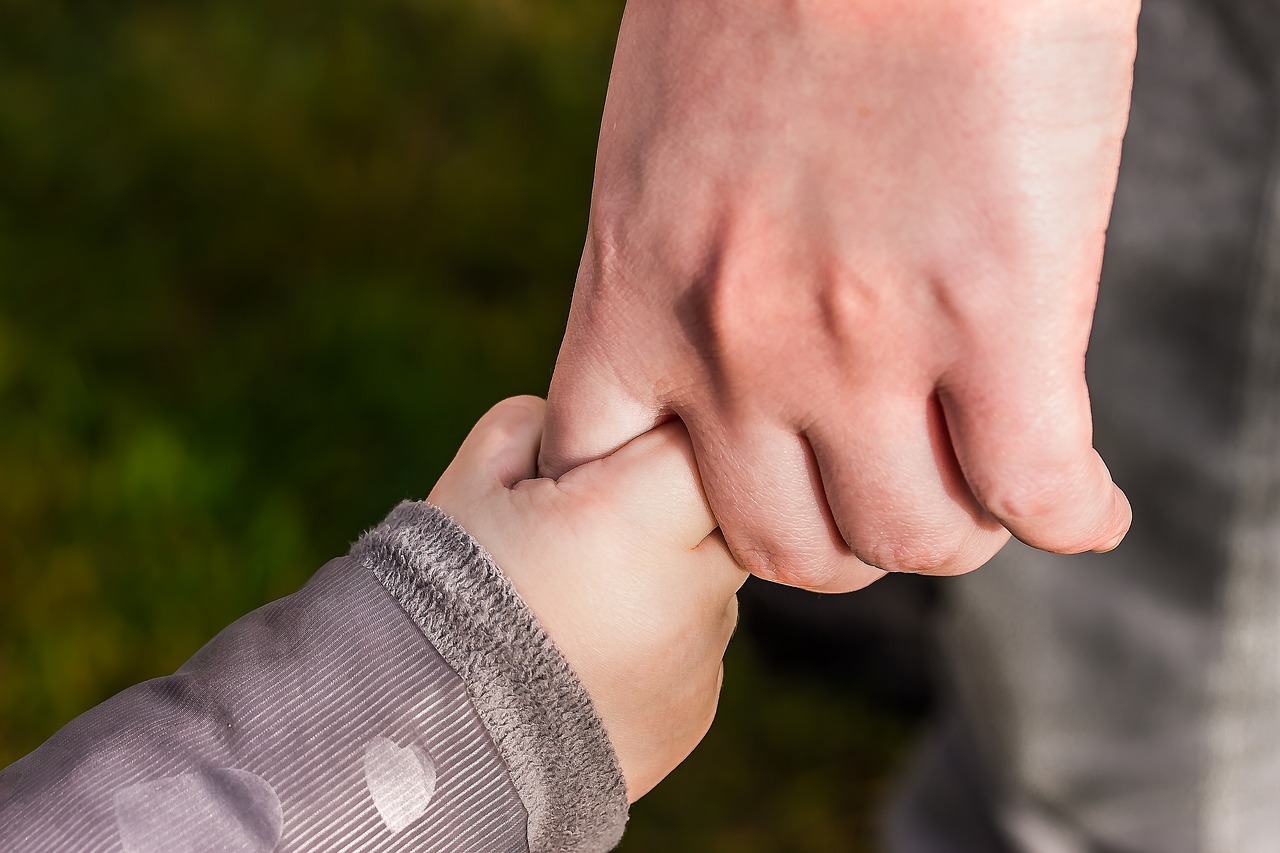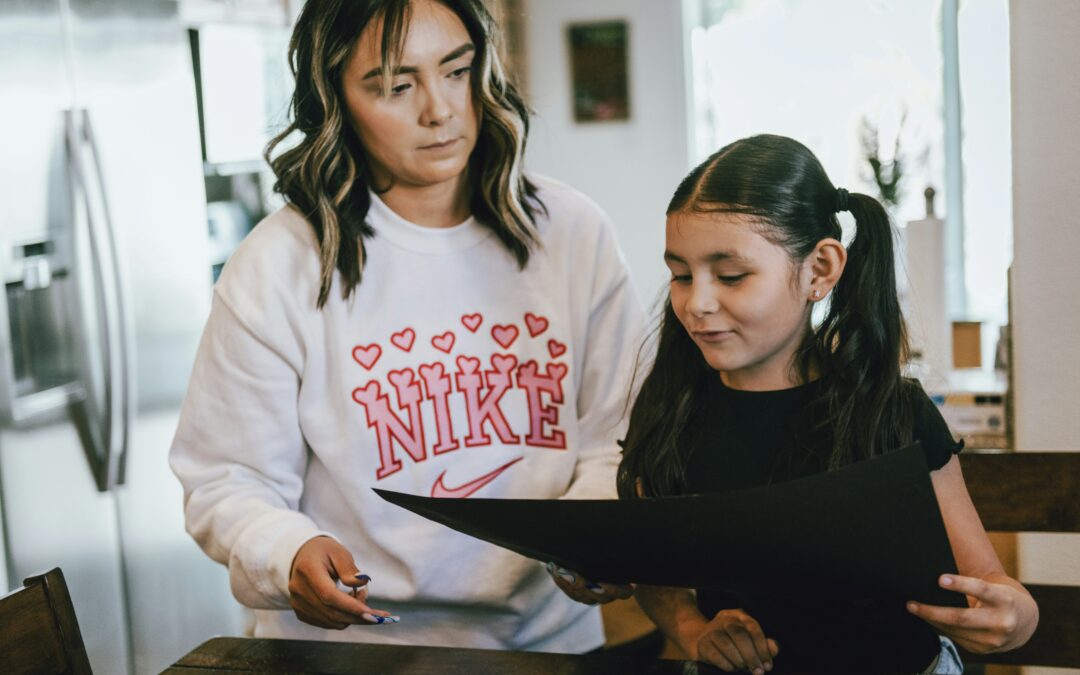Imagine you and your child are in perfect rhythm, responding to each other’s cues seamlessly. You sense your child’s excitement as they twirl, so you mirror their joyful energy with a playful spin. They catch your eye and giggle, their laughter like tinkling bells in the air. Suddenly, they stumble a little, a flicker of worry crossing their face. Instinctively, you reach out a hand, offering a steady support without interrupting their exploration. Their touch calms them, and they continue dancing, a newfound confidence radiating from them.
This isn’t a choreographed routine; it’s the magic of co-regulation. It’s a constant, unspoken conversation between you and your child, where your nervous systems are attuned to each other. You respond to their cues, whether it’s a joyful squeal, a furrowed brow, or a hesitant step.
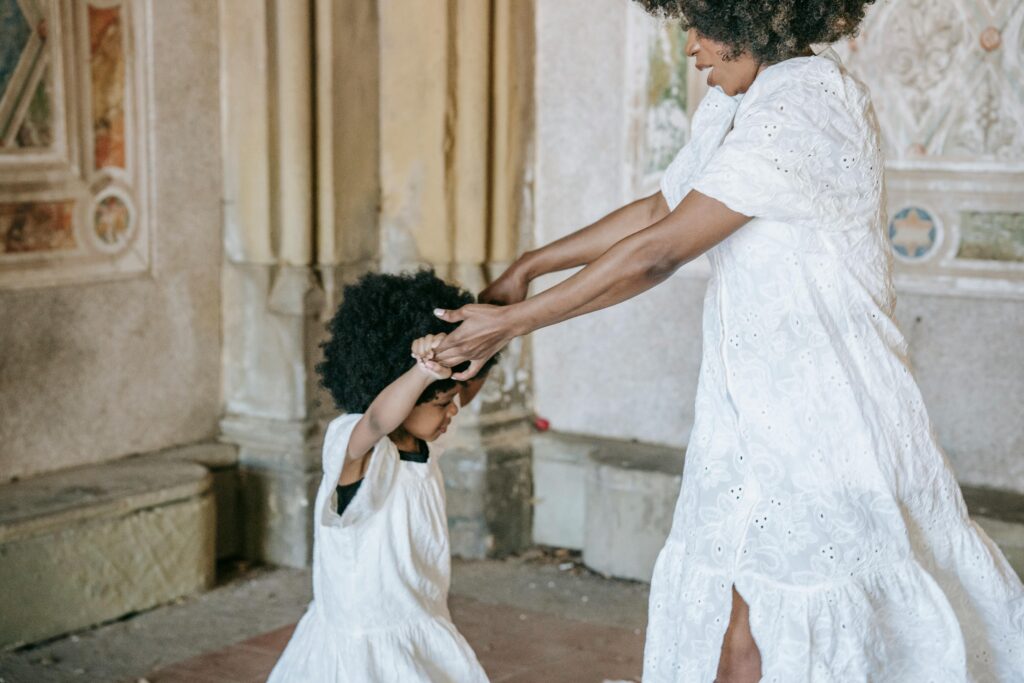
Here’s how this “dance” plays out in real life:
- Reading their emotions: You can sense your child’s frustration building before they even vocalize it. Their clenched fists and furrowed brow tell the story.
- Responding with empathy: Instead of scolding, you offer a calming hug and say, “It seems like you’re feeling frustrated. Is there anything I can help with?”
- Matching their energy: When your child is excited, you might match their enthusiasm with a playful jump or silly voice. This helps them feel seen and understood.
- Providing a safe haven: When they’re feeling overwhelmed, you become their anchor, offering a safe space to express their emotions without judgment.
Through this co-regulation dance, you create a secure and nurturing environment for your child to explore the world. They learn to regulate their own emotions by seeing you regulate yours. They feel safe to express themselves freely, knowing you’ll be there to support them. This fosters a strong parent-child bond built on trust, understanding, and emotional connection.
Co-regulation: A Symphony of Nervous Systems
Think of your nervous system as your body’s internal orchestra. When a parent and child are attuned, their nervous systems harmonize, creating a symphony of calm and connection. This isn’t just a heartwarming metaphor; science shows that co-regulation has a profound impact on emotional well-being and family dynamics.
The Science Behind the Magic
When a child feels stressed, they look to their parent for comfort. Through co-regulation, parents act as emotional guides. A parent’s soothing voice, gentle touch, or calm demeanor can lower a child’s stress hormones and promote feelings of safety. This not only benefits the child but also helps parents feel more fulfilled and less stressed themselves.
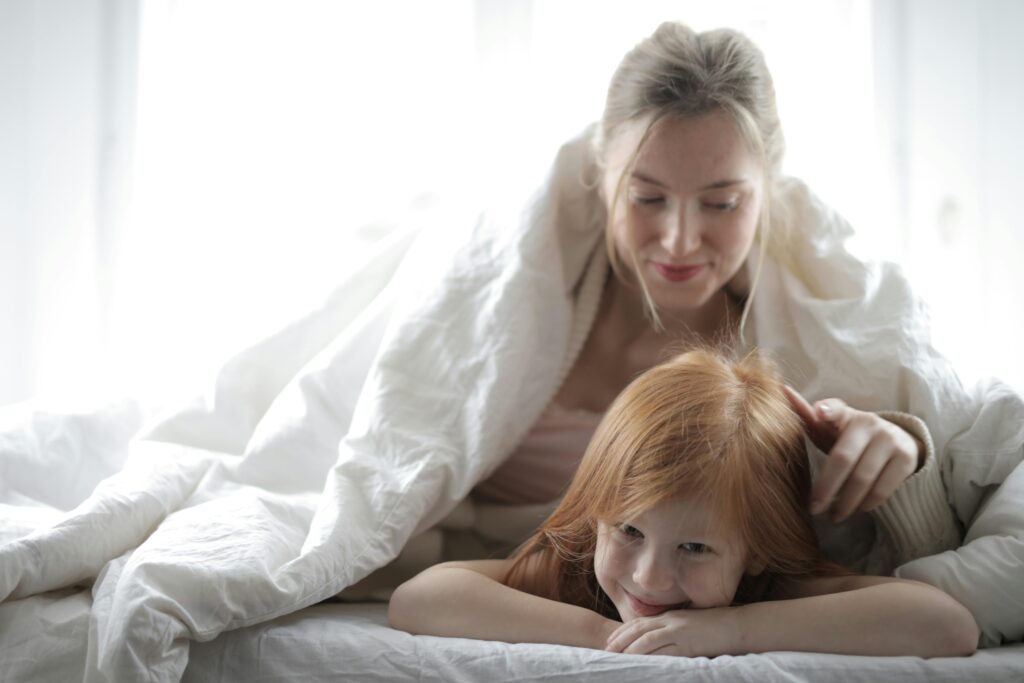
Unlocking the Power: Practical Strategies
Now that we know the science behind co-regulation, how can we harness its power? Here are some practical tips:
- Become a Master of Communication: Listen attentively to your child and validate their feelings. Use reflective language (“It sounds like you’re feeling frustrated”) and mirror their emotions to show you understand.
- Create Calming Rituals: Establish predictable routines like bedtime stories or family meals. This provides a sense of security and helps children anticipate what comes next.
- Model Self-Regulation: Children learn by watching. Practice managing your own stress and emotions. Take deep breaths, engage in mindfulness exercises, or seek support when needed.
- Open Communication is Key: Encourage open and honest conversations. Let your child know it’s okay to express their feelings, and work together to find solutions.
The Ripple Effect: Stronger Families, Thriving Children
By implementing these strategies, you’ll create a nurturing environment where children feel safe to express themselves. This fosters emotional resilience and strengthens the parent-child bond. The benefits extend beyond your immediate family; co-regulation can help children develop social skills and build healthy relationships throughout their lives.
Co-regulation isn’t about achieving perfection; it’s about embracing the messy beauty of parenthood. By being present, attuned, and open to connection, you can unlock the extraordinary potential of this powerful tool. Remember, the most significant impact often lies in the seemingly small moments of connection.

